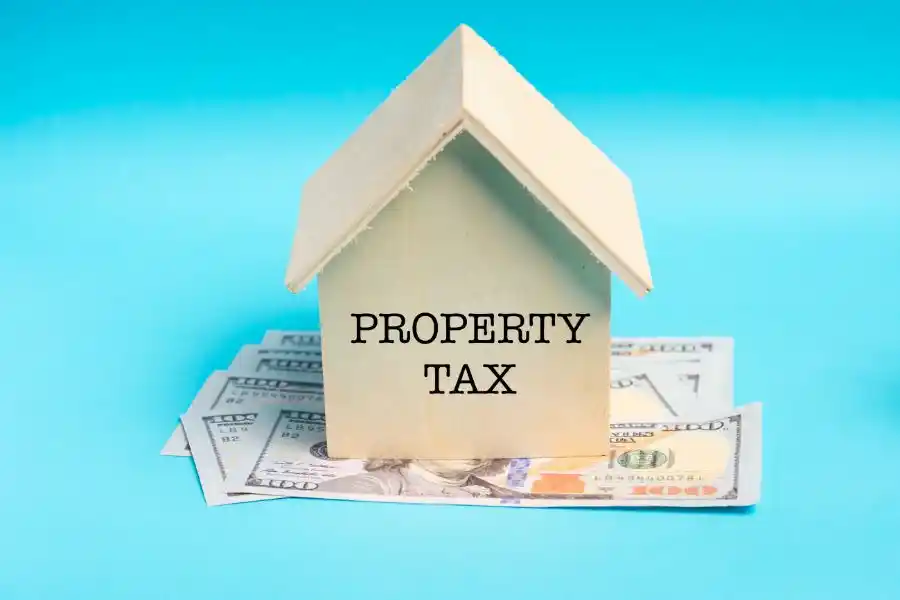1. Fraunces Tavern (54 Pearl St)
Construction: 1719 to 1722
Originally built between 1719 and 1722, Fraunces Tavern was reconstructed in 1907, with some of the original structure preserved. Still, most sources consider it the oldest building in Manhattan, and it’s rooted deep in the island’s history. It was originally constructed/commissioned by the De Lancey family and was built with brick and tiles. It became a tavern in 1762, a boarding house in 1800, and a museum in 1907.
2. Morris-Jumel Mansion (65 Jumel Terrace)
Construction: 1765
Morris Jumel is considered Manhattan’s oldest surviving residence. It was built in 1765 by a British officer Roger Morris. It was used by George Washington as a temporary army headquarters during the revolutionary war. It was purchased in 1810 by a French merchant called Stephen Jumel. This is where the other half of the name (Jumel) comes from. It was purchased by the NYC government in 1903 and turned into a museum that opened for visitors in 1904.
3. Paul’s Chapel (209 Broadway)
Construction: 1766
Paul’s Chapel is the oldest surviving church building in the Manhattan borough that hosts about a million visitors each year. It’s also among the five oldest churches in New York City. The construction started in 1764 and was completed in 1766, though the spire was built roughly three decades later. It was the tallest building in the city (at the time of completion). The building and the churchyard were renovated in 2013.
4. Captain Rose House (273 Water Street)
Construction: 1773
Multiple sources classify the Captain Rose House in lower Manhattan as the third-oldest building in the borough. These sources do not consider Fraunces Tavern as the oldest building in Manhattan, and the list starts from Morris-Jumel Mansion. There are speculations regarding the exact year of construction, but it was standing there in the 1780s, and at that time, it was at the waterfront. It gets its name from the original owner, Captain Joseph Rose, who kept his brig (a sailing vessel) moored behind the house. Over the course of over two centuries, it has been an apothecary, a hostel, a brothel, and even a dog-fighting saloon. It was repossessed by the city in 1976 and auctioned off in 1985.
5. Dyckman Farmhouse Museum (4881 Broadway, W 204th St)
Construction: 1784
The history of Dyckman’s presence in Manhattan goes even further back. Jan Dyckman, a Dutch settler, originally established a farm in the borough in the 1660s. His grandson built the farmhouse in 1784. It remained in the family till 1868 (three generations). After a few decades of abandonment, it was bought by the Dyckman family again in 1915. It was restored and donated as a museum to the city in 1916.
6. Edward Mooney House (18 Bowery, Chinatown)
Construction: 1785
The Edward Mooney House is easily recognizable thanks to its red brick exterior. The house was constructed on land confiscated from a British loyalist. The land was bought by Edward Mooney, a wealthy butcher, and the construction was completed between 1785 and 1789. The architectural style was federal, and it’s one of the earliest townhouses of federal styles in Manhattan. It remained a residential dwelling till the 1820s but has been commercial ever since.
7. The Bridge Café (279 Water)
Construction: 1794
The Bridge Cafe holds the distinction of being the only surviving wooden-frame building that has survived the test of time. The building has been home to drinking and eating establishments for most of its life. It started out as a tavern, then became a grocery store, and then a saloon (with a colorful reputation). Some people claim it to be one of the oldest-running saloons in Manhattan, while others disagree.
8. Gracie Mansion (East End Ave. at 88th St)
Construction: 1799
Gracie Mansion in Yorkville, which now serves as the residence of NYC’s mayor, was originally built as a country home for Archibald Gracie, a businessman. He sold it in 1823 to settle his debts. It passed through various owners until it was repossessed by the municipal government to be made part of Carl Schurz Park. It has been serving as the city’s mayor’s residence since 1942.
9. Angel Orensanz Foundation (172 Norfolk St)
Construction: 1849
Built in 1849, it’s widely regarded as the oldest surviving synagogue building in the city and is one of the oldest structures in Manhattan. It was the largest synagogue in the country at the time of its construction. It was purchased by a Spanish artist, Angel Orensanz, in 1986, and he turned it into an art gallery and performance space with a seating capacity of about 1,500.
10. American Thread Building (260 W Broadway)
Construction: 1894 – 1896
The American Thread Building in TriBeCa was originally the Wool Exchange Building. It was sold to the American Thread Company in 1907 when its original owners experienced business losses. It was built in the renaissance revival style. The commercial building was renovated and converted into lofts in 1981.





